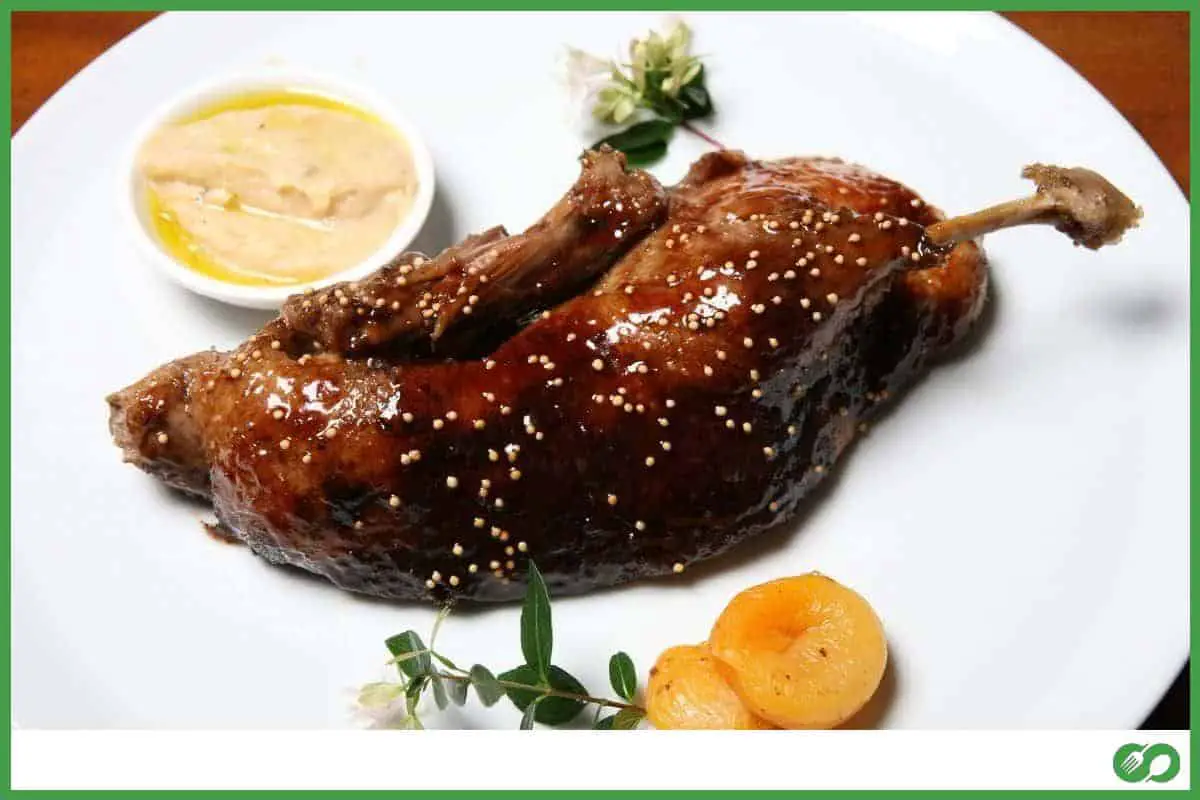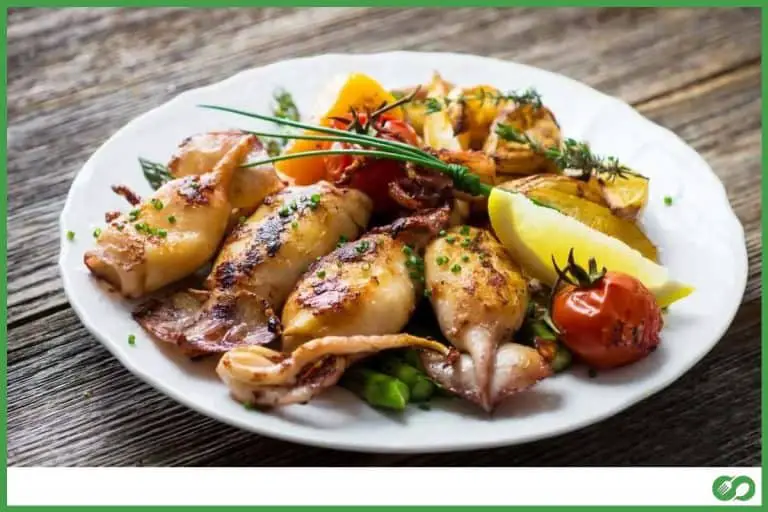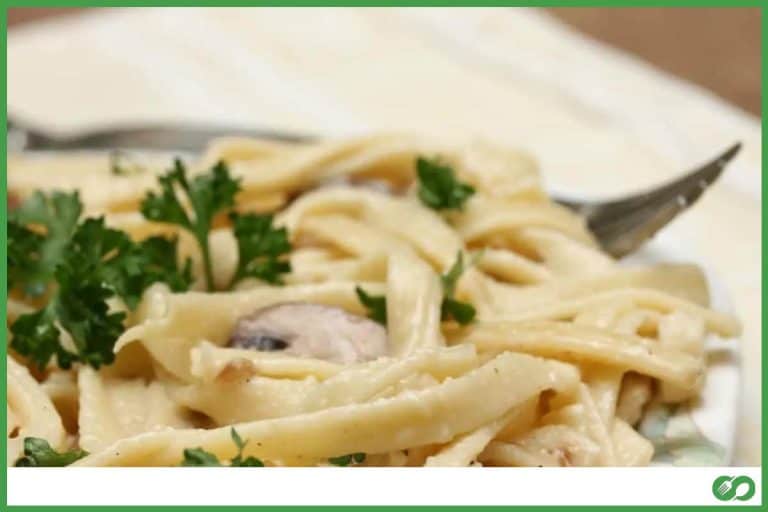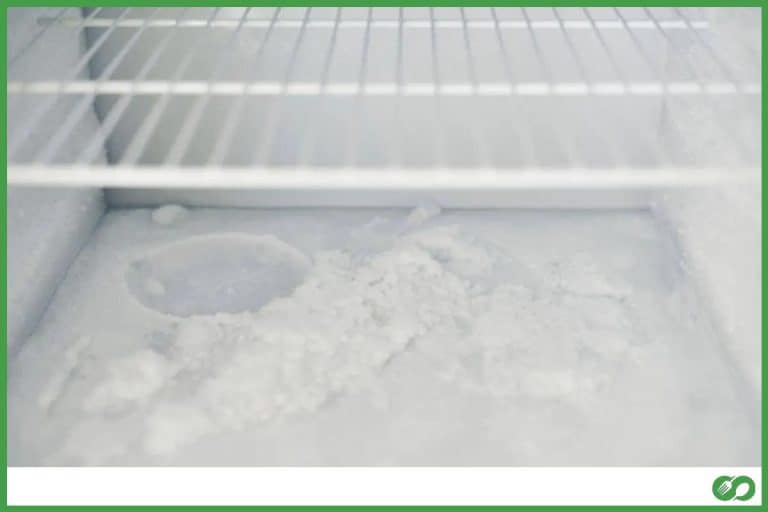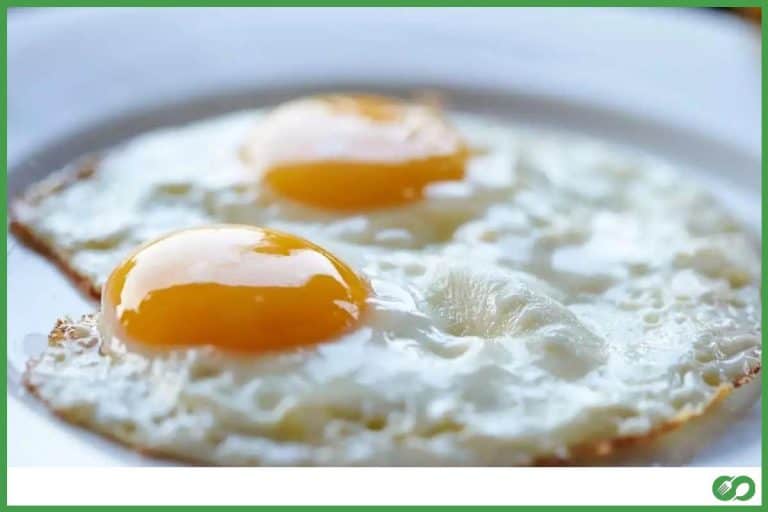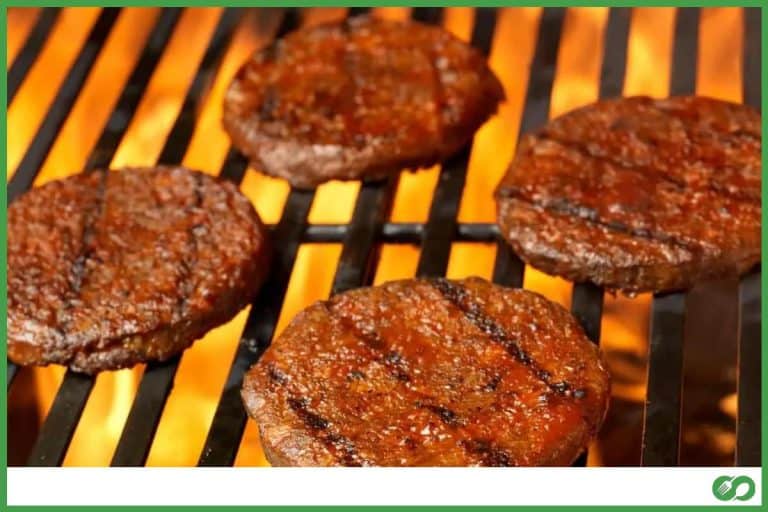How To Keep Duck Warm After Cooking
This post may contain affiliate links which means that, if you choose to make a purchase, I may earn a small commission at no extra cost to you.
The trick to cooking a duck lies in making sure it is at the correct temperature. Depending on whether you’re cooking duck breast or legs, there will be different temperature settings. But what about how to keep a duck warm after cooking it? There are some ways to do it, even if people do not recommend it. Let’s get into it.
Most of the time, if you’re cooking duck breast, you want the piece of meat to be tender on the inside. It tastes better well-done when it comes to legs. As a result, whether the taste remains the same is affected by the temperature. Many people recommend wrapping the food in foil, using the sous vide procedure, and reheating it once it’s at room temperature.
There will be some risks in not eating the duck immediately after you cook it. I’m also aware that keeping it warm for a while is challenging on the coldest days. So, read on to find out how to enjoy your bird even if you cooked it a while ago.
Tips To Keep A Freshly-Cooked Duck Warm
Even though experts tell you not to keep a duck under cooking heat after it’s already done, you can do it in some ways that won’t ruin the taste. There are a couple of ways to go about it. You can either fix your time for the type of dish you’re making or use the two warming methods. Find out more about each of these below.
Set the Time Right Off the Bat
Depending on whether you’re slow roasting or pan-cooking your duck, you can set the time right before you’re about to eat it. Yes, it may come off as obvious. But it is something a lot of people forget to do before they start cooking the duck.
For pan-seared, grilled, or roasted duck, you can cook it just a bit before you need to serve it. And for longer cooking processes like braising, roasting, or confit, you should start way before. In any case, just make sure that the duck isn’t sitting in the heat for too long. Because that’ll dry it out and make it tough to eat.
Using the Oven
The way to use the oven—safely—to keep your duck warm is to seriously regulate the time and temperature. Just like you rest a steak to let the juices settle, you can treat your piece of cooked duck. Here, you can allow about 10 minutes for the duck to rest on a rack.
If that’s not enough, turn up the temperature in the oven to about 150 degrees F to make sure it does not dry out very quickly or at all. This temperature will let you have a warm dish even after an hour. But make sure to not overdo it and check it occasionally to see if it is tender.
The “Sous Vide” Method
The sous vide method is not literally sous vide. But, it does use a similar process since you will be needing a Ziploc bag for this one. So, when you use this method, take your cooked duck and put it into the bag. Make sure you can get as much air out of it as possible when you zip it closed.
Take a pot of water and put it on the heat. Use any good thermometer to take the water temperature. It is important to know that different cooked stages of the duck will require different water temperatures. The following temperatures can be used as a rough guide based on this discussion thread about keeping ducks warm.
– 129 degrees F for rare-cooked duck
– 144 degrees F for a medium-rare
– 149 degrees F for medium and
– 158 degrees F for well-done duck
Remember that a couple of degrees more or less will not matter much. But try to stay within the suggested temperature to make sure the texture is not ruined.
Reheating Duck Without Losing Flavor
Reheating is a bad sound for a lot of experienced cooks. But when you are in colder temperatures and want a warm duck dish, you may have to reheat with caution anyway. I’m here to tell you it’s not all bad. You can definitely reheat the duck no matter how you have cooked it and keep its flavor almost as good as fresh.
The Oven Method
The trick here is to use a temperature that will let your duck warm up slowly. For this process, take any cooking oven you have, and set the temperature to 300 degrees F for preheating. Now, after it has heated up enough, put your duck in separate pieces.
You have to take into consideration how much duck you are putting in there. If it’s whole or bigger in amount, set the time a bit higher than otherwise. In either case, cover it in aluminum foil so it does not lose hydration or heat while it gets warm in the oven.
Keep the duck in the oven for about ten minutes. Allow the skin to get crispy while it stays in the oven. Again, keep in mind that you will have to check it occasionally to make sure it is not drying out.
On a Pan
If you’re good at cutting up your duck meat into pieces, this option may be the quickest way to get the life back into your duck dish. This is usually suggested for roast ducks. To use this method, follow the steps given here.
Step 1: Preheat your stovetop or heat source to medium.
Step 2: Heat a nonstick pan or skillet over medium heat and place your duck pieces on it.
Step 3: You’ll need some moisture, of course. Take some broth, or even water, and add it to the pan. Put just enough that will keep the duck from drying out—around 1-2 tablespoons should work.
Step 4: Once the water has started to evaporate, cover your pan or skillet to allow the vapor to thoroughly cook the duck. Keep it this way for around 5 minutes–give it a couple of minutes depending on the amount of duck.
Step 5: Check the middle of your duck to see if it is soft or tender. If it seems warm enough, take it off of the pan.
When you’re using the pan method to reheat your duck, make sure to reheat the skin separately. The skin has a whole different cooking process–high heat and flash frying–compared to the meat.
In the Microwave
This is the quickest way to reheat your duck meat. Except it comes with a catch. Since the heat of a microwave is not controlled, you cannot do much for the texture of the duck once you start reheating it. But if you still insist on a fast way, here is what you can do.
Take a microwave-safe dish to put your cut-up pieces of duck in. Make sure you take the skin off the duck before you put it into the microwave. The skin will make the texture much worse if it is still on. Then, add some moisture with chicken stock, water, or some type of fragrant cooking oil.
When it is prepped, cover the dish with plastic wrap to preserve the heat, and poke a hole in it so too much steam cannot stay inside. After that, you can pop it in the microwave for about half a minute to a minute. And then, you’ll get your reheated duck.

